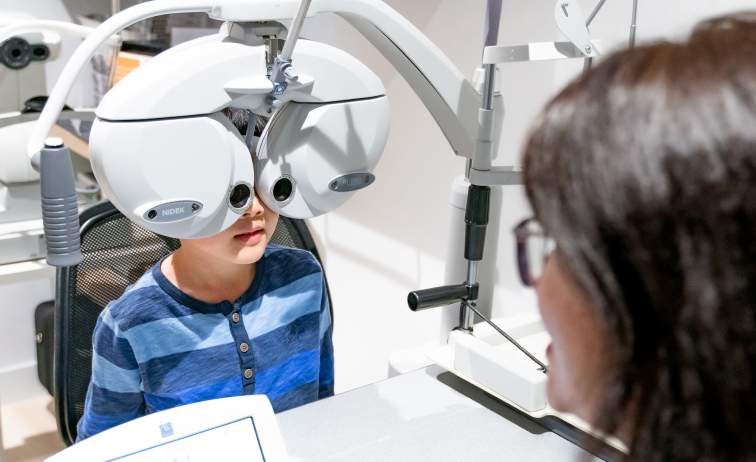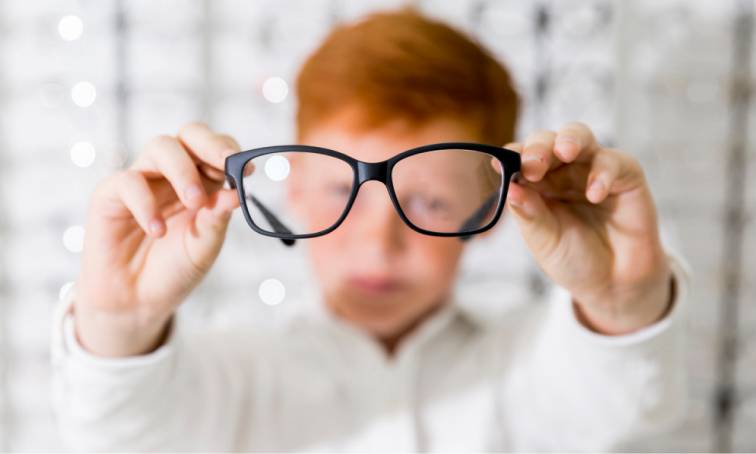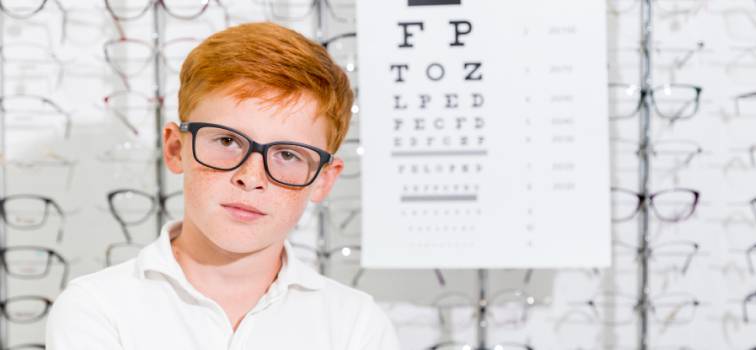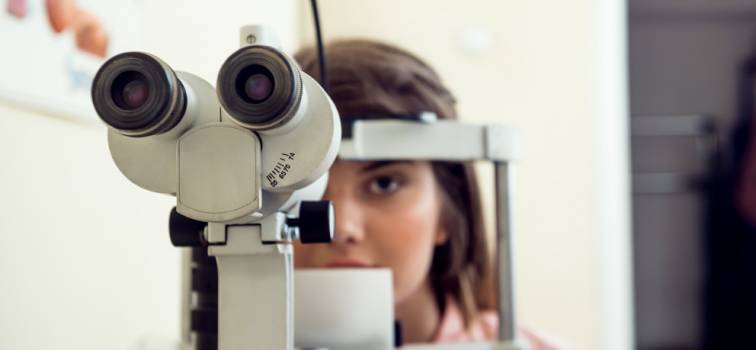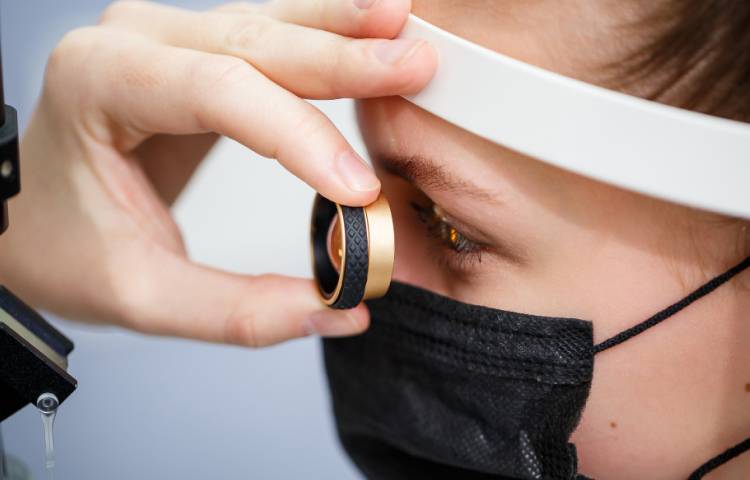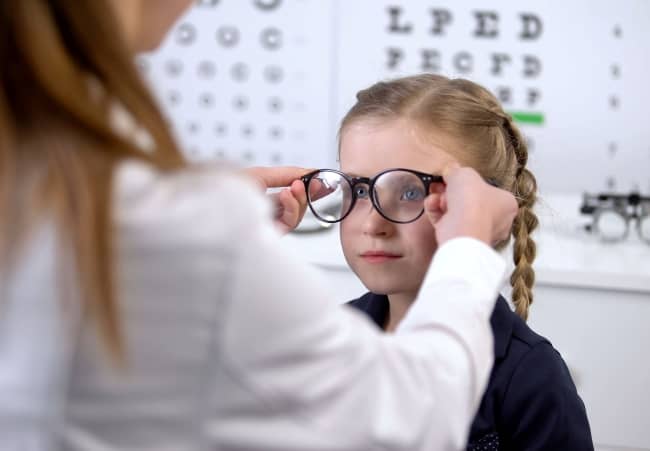Part of children’s vision is the ability to see colours, which should be assessed to check for colour vision deficiencies:
- Partial Colour vision deficiency: Due to anomalous trichromacy, cone sensitivity is limited despite all cones being present therefore causing confusion because the colours are less intense. An example is red-green deficiency, where the child cannot distinguish green or red. Partial colour deficiency can vary in severity – this needs to be assessed by a full colour vision assessment (this is not just a singular screening test).
- Total Colour vision deficiency: Known as achromatopsia or achromasy, this hereditary colour vision deficiency causes the child to see grey scales only, a complete absence of colours.


